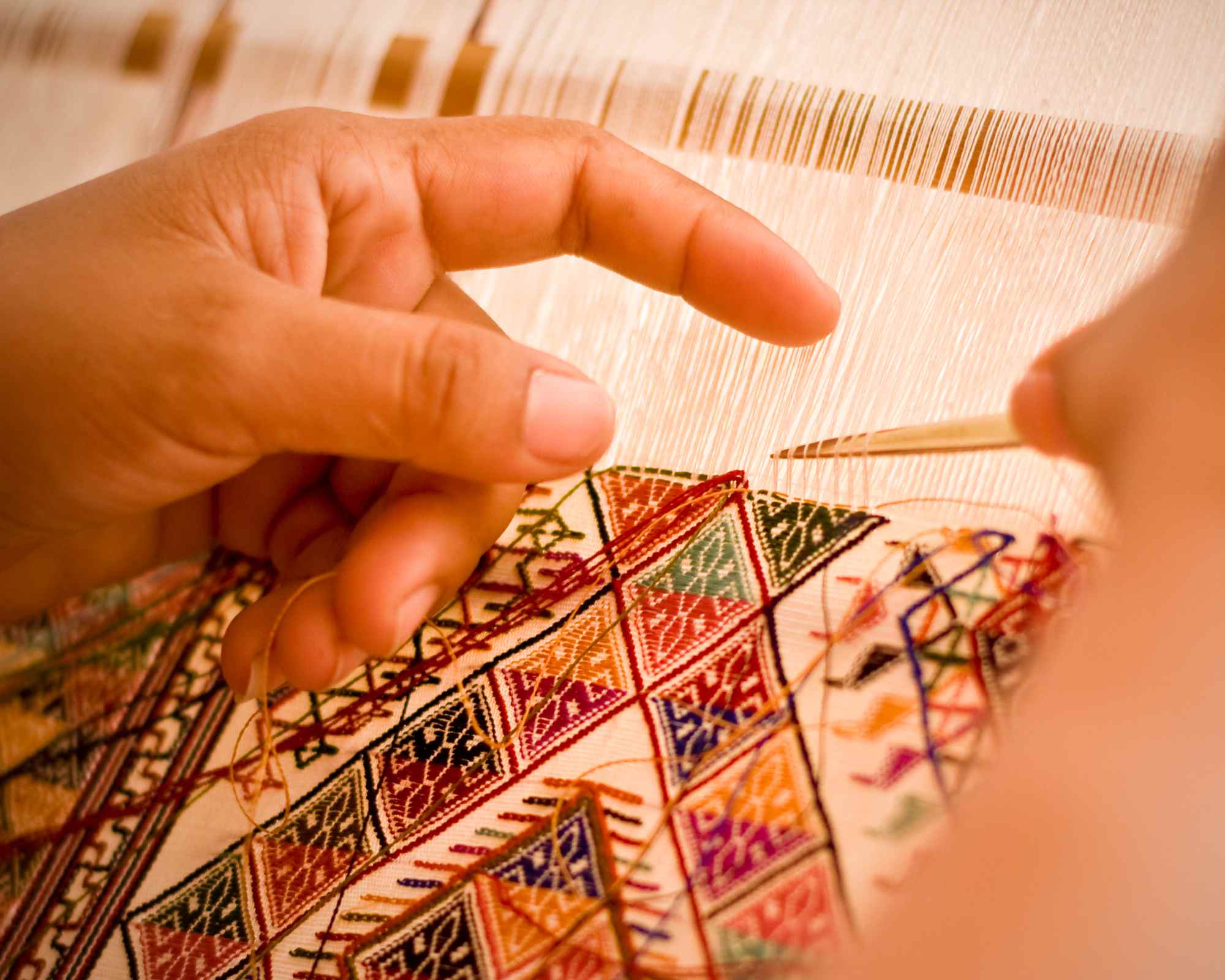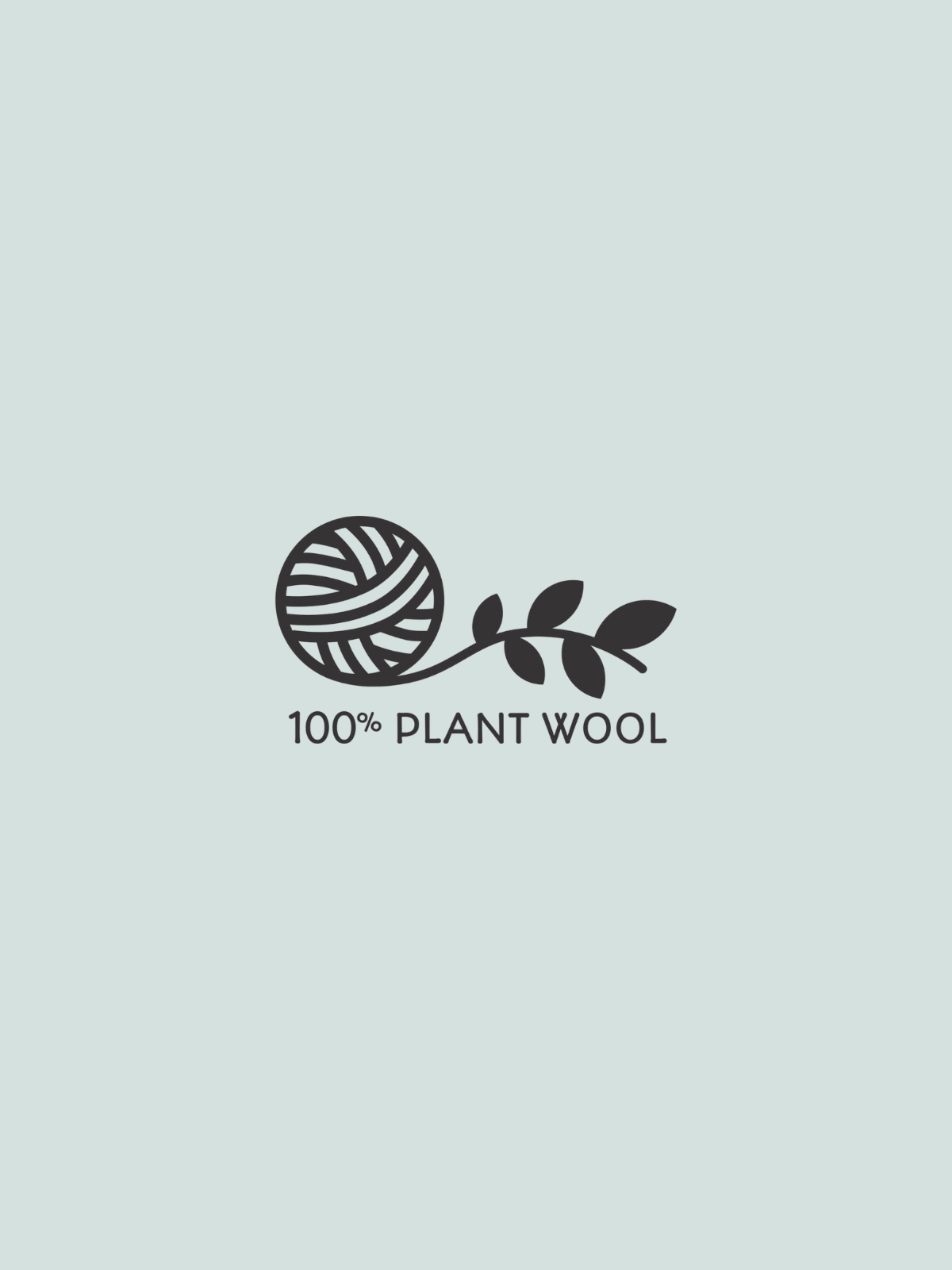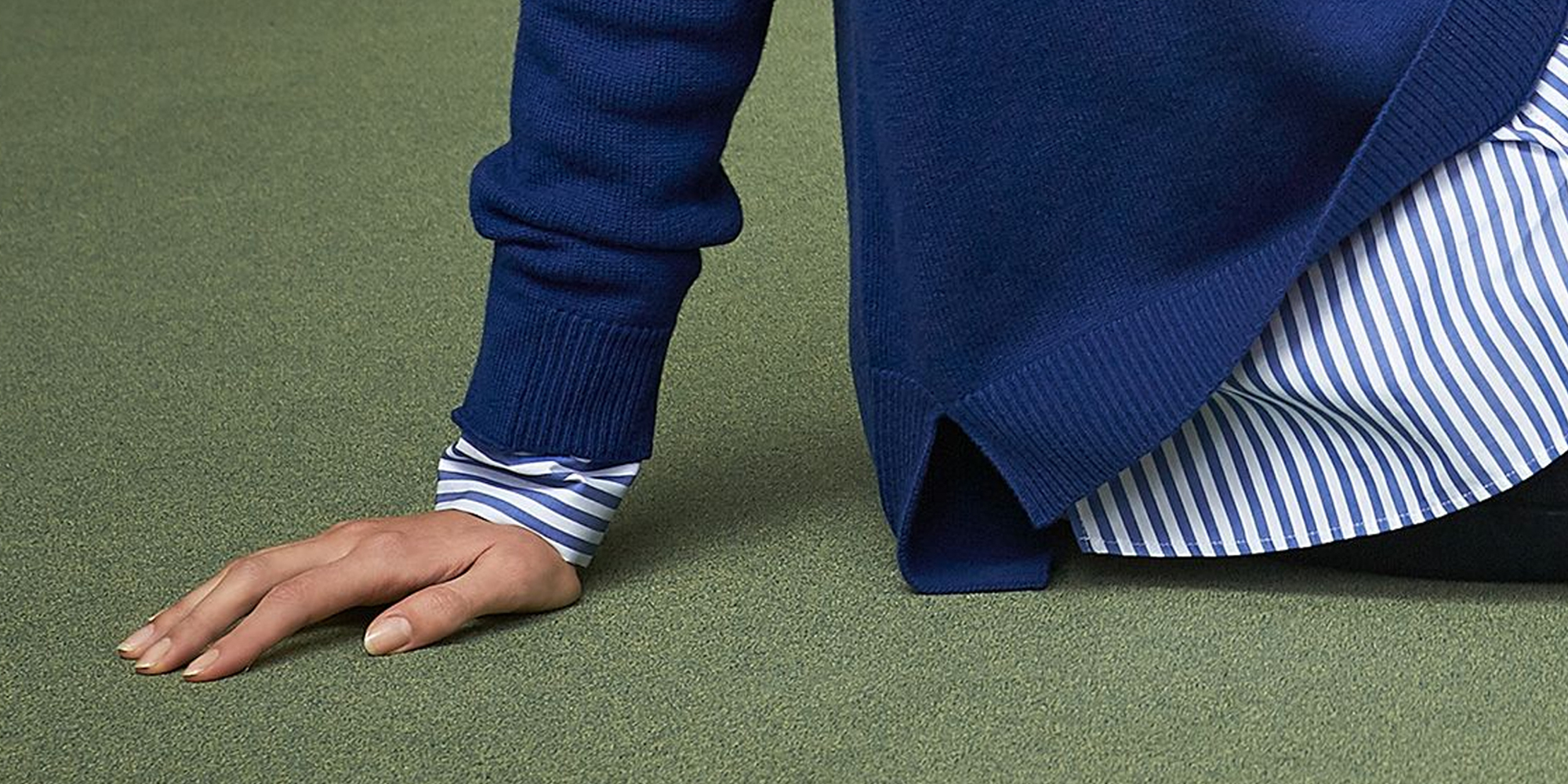As mass production and fast fashion grow, work and economic opportunities for artisans are increasingly under threat. But people are working to improve the situation, and we convened two of them to help us better understand the landscape for makers.
Here, Jess Ouano, Good On You’s sustainability analyst and an expert in cultural sustainability, and Jessica Kelly, vice president of supply chain partnerships at non-profit Nest, discuss how we got to this point, what the potential solutions are, and how we can all raise our appreciation for craftsmanship.
Meet the people advocating for artisans the world over
It’s getting harder to be an artisan, just ask Jess Ouano, who detailed some of the challenges local makers face in the Journal last year. With years of experience in working with artisans and Indigenous communities across India and the Philippines, Ouano has shaped the cultural sustainability elements of Good On You’s methodology, and she continually supports makers in her area.
Jessica Kelly, meanwhile, has long been immersed in improving fashion supply chains since taking trips to Zimbabwe and India more than a decade ago. At Nest, she leads the initiative to create connections between brands and global artisans, working to improve their supply chains, which is a key part of the organisation’s mission.
The non-profit has a global Guild network for artisans offering free education, business accelerators, and market access to help them grow, as well as the Maker’s United programme, which focuses on elevating US makers’ voices. Nest also runs Artisan Accelerators, which provide high-potential handcraft businesses and social enterprises with the support, resources, and upskilling they need to compete in the market. Alongside these programmes, the organisation helps brands to work with artisans through compliance and verification, collaboration collections, and supply chain consulting.
Read on to discover how Ouano and Kelly work with artisans, and the challenges they see people facing on the ground.
5 Q&As on the artisan landscape in 2025
1. Q: Synonyms for handcraft and artisanship are used often in the fashion industry, so let’s start by defining them in this context.
Kelly: Nest defines a handcrafted product as one that’s made with production processes that were completed using the physical energy of human hands, and are also informed by a learned technical knowledge and skill. That could be using manual tools, like a loom, but it has to be operated by hand and not by an automated machine. Items can also feature a component or portion that has been handcrafted: let’s say some ceramics have been made using industrial processes, but then the ceramics are hand-painted with incredibly intricate designs that are very important to the item, that’s when it’d qualify as partially handcrafted.
The setting is important, too. Handcraft work is often done at home or informal production locations far outside the four walls of a factory. Homeworkers could be creating something intricate or could be sewing pom poms on beanies for a brand, but they’re doing it from home in a way that allows them to still care for their children and bring in an income for their family. Handcraft can also take place in a community centre where people gather to quilt or work together in a social setting.
Ouano: I work in the Philippines with textile artisans and in our context, there are different types of textile artisans. There are indigenous tribal communities that practice specific crafts or create specific types of woven textiles, like a pattern that is unique to their tribe, that they pass on from generation to generation. And there’s also livelihood-based communities or artists trained to do a specific craft, because the government is providing those opportunities, or social enterprises come in to provide women in rural areas with work.
Kelly: A critical part of Nest methodology for working with artisans is to ensure every program is designed with cultural sensitivity, so we have different approaches depending on the craft a brand is interested in and who they want to commission to do it. We help brands navigate some of the intricacies of informal or home-based work, as well as when there’s an extra layer of cultural sensitivity, to ensure the brand is engaged in a true design collaboration.
2. Q: We often see mainstream brands working with artisans as one-off collaborations, producing a certain item within a certain collection, or with an Indigenous community, for example. But what happens when that work dries up after the seasonal collection is finished?
Kelly: We can’t dismiss the reality that fashion is cyclical and design inspiration changes seasonally. But this is why Nest exists—to ensure support is always there.
Artisans face many challenges today, from standing out in a crowded online world to competing with cheaper, machine-made production. We proactively support artisans to increase their access to the market and be more competitive within it. Our Guild offers the education and resources they need to successfully navigate these challenges, no matter what level or maturity their business is in currently.
Artisans face many challenges today, from standing out online to competing with cheaper, machine-made production.
Jessica Kelly – vice president of supply chain partnerships at Nest
When brands come to us looking for artisans to collaborate with and create a collection, we guide them to adopt long-term visions for how they’re incorporating this work. And we have seen some big brands we work with collaborate with the same artisan vendors year after year.
Ouano: What Nest is doing is really important, as fashion brands might not have the expertise to create these long-lasting partnerships, or they might not have the foresight or ability to provide consistent work to a community. This is why social enterprises and NGOs play an important role in partnering with brands to provide artisan communities with sustainable livelihoods.
3. Q: What are some of the other challenges facing these artisans today?
Kelly: Right now it’s the US import tariffs. They’re creating a lot of uncertainty, and it is harder for artisans to compete and meet the constantly changing expectations, especially financially. Many artisan businesses are already operating with fairly small margins due to the relatively higher cost of labour for a handmade piece, plus the costs of raw materials, and they’re often working with traditional artisans who do not have the ability to move their production to another geography because it is cheaper.
Artisans have always been resilient, but now I am seeing them need to be even more creative in finding solutions to keep their businesses alive, from stockpiling their materials already so they can have them at a set price, to absorbing some of the production costs.
Ouano: One of the biggest challenges among the artisans I’ve worked with in the Philippines and India is market access. These communities are based in far-flung places. And nobody local buys their craft there because it’s expensive.
We’re also seeing wholesalers outside the region copying Indigenous textiles, but the average consumer wouldn’t be able to tell if they saw them in a market, so the artisans are losing business, and it’s a big struggle for them to fight this in court.
Ultimately, all the artisans I speak with find that earning enough money is the biggest challenge, and that’s why the next generation of artisans, like their children or others in the community, don’t want to do it anymore, because it doesn’t really make financial sense to continue.
Kelly: Fast fashion continues to grow, but what I’m seeing through Nest’s work is that people still want specialty pieces that mean something, and that’s what I think artisans and brands need to be leaning into—the story, the heritage, the history of a region where something is made. The story behind khadi fabric and its role in India’s liberation for example, is amazing. But when you have a story that is powerful and you don’t tell it, consumers will not understand the value of the product and its impact.
We live in a consumer society not a maker society.
Jessica Kelly
Many people are so far removed from how clothes are made today that they don’t even know how things are stitched, much less hand-dyed or what a loom looks like and what hand-woven means. We live in a consumer society not a maker society.
Nest encourages brands to collaborate with artisans on a few specialty items in each collection and tell the stories of the artisans behind them, which gives that shopper a story to tell their friends. It’s those products that we cherish and become attached to, form memories, and this is how artisan work can rise above the noise in the world right now.
4. Q: So when shoppers are looking for these items, how can they know that what they’re buying is a genuine crafted, artisanal product? Because, like you said, it’s hard for people to know.
Kelly: Get involved and get interested in craft… take a craft class. Because you’ll start seeing it everywhere once you do, and you gain a greater appreciation for it. When you try to make your own basket, you’re like: yeah, this is hard.
Also, see what the packaging says in shops or on product descriptions online. Nest offers consumer-level handcraft claims for products to support brands in having third-party validation, which include a description of Nest and the certification on their hang tags, and we encourage brands to use these as part of their storytelling and marketing.
Ouano: I look for indicators about how committed a brand is to working with artisans. If their website talks deeply about how they partner with an artisan community, or I can see that it’s central to what the brand does, then that builds trust for me.
Look for the brands that are introducing you to the people who made the items.
Jess Ouano – sustainability analyst at Good On You
Some brands are really good at storytelling—they’ll do interviews with artisans, post about it on social media. I once worked for a social enterprise that would invite the artisans to meet the customers, so they had an opportunity to have a conversation with them.
So, I would say, look for the brands that are introducing you to the people who made the items and telling their stories consistently.
5. Q: So lack of visibility makes it difficult for both artisans and consumers. That must be hard for brands finding craftspeople, too? What are some ways businesses can seek them out?
Kelly: It is difficult. There are artisans everywhere, and they’re all hiding in plain sight. In my experience, they don’t have big online presences. You might find some artisan markets or lists of vendors, but to be honest, it’s often about going to the country, travelling around, and finding people who know people, through word of mouth.
I think that’s why Nest has been successful: We have a record of helping artisans prepare to work with brands in quality, production, and timelines, so brands can rely on Nest as a trusted partner to access this special market.
This foundation is one of the most important things that our accelerator programs do for artisans who are scaling their business. Because whether you’re a bigger brand or a small artist selling at a market, you still have to have reliable quality for the product you’re selling, otherwise people aren’t going to buy it.
Ouano: It’s also really helpful to reach out to specific government agencies in the country you would like to source from—here in the Philippines, the Philippine Textile Research Institute or the Philippine Fiber Industry Development Authority has directories of different artisan communities. They have something similar in India, too. But they don’t track quality control or anything like that, which is why Nest is super valuable.
If you intend to work with an artisan business, make sure that your values are aligned.
Jess Ouano
It’s also important to choose well. If you intend to work with an artisan business, make sure that your values are aligned, because everybody sees things differently, like wages and stuff. Maybe what they think is a living wage is not what you think is a living wage.
Kelly: Nest has also introduced a Handcraft Validation programme to support brands with third-party assurance to call their product handcrafted.
Basically, this programme equips brands with credible, industry-aligned language to avoid greenwashing and stay ahead of incoming regulations on sustainability claims. We’ve created a model where production techniques can be uniformly reviewed and validated as handcrafted, which can then carry our official marker. For many, it’s also the first step toward authentically celebrating handcrafted products in their supply chains.



















